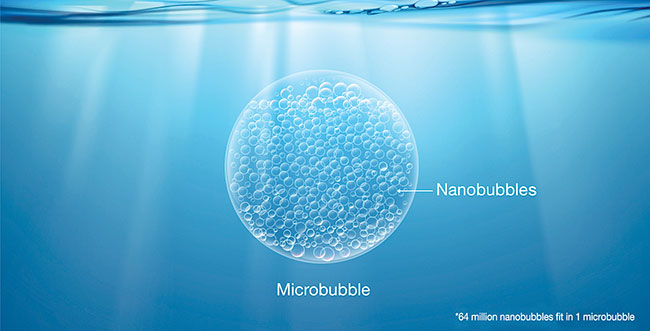
News & Views
Research
Technology
New study reinforces efficacy of nanobubble technology
December 15, 2020 By Hatchery International staff

A new study by nanobubble technology firm, Moleaer, and Virginia Tech has found evidence that oxygen-filled nanobubbles, when combined with ultrasound, are successful in reducing seafood-borne pathogens.
Vibrio prahaemolyticus and Aeromonas hydrophilia are leading causes of fish and shellfish disease. The study, published on Oct. 1, observed that nanobubbles effectively reduces Aeromonas hydrophilia bacteria by more than 6 log cfu/mL.
“We welcome the findings from Virginia Tech and are excited to be at the forefront of developing new, sustainable alternatives for treating and preventing bacteria and harmful pathogens in our food supply,” said Moleaer CEO Nick Dyner. “The latest results are another testament to our capability to restore aquatic health, improve water quality, and reduce the usage of traditional chemicals for treating water.”
When combined with ultrasonication, nanobubbles 2,500 times smaller than a grain of salt, collapse and produce oxidants that inactivate pathogens and remove microbial biofilms. This technological process is a chemical-free solution to sanitize and treat food for human consumption. It could also be used to enhance conventional sanitizer’s efficacy.
Arizona State University’s National Science Foundation Nanosystems Engineering Research Center for Nanotechnology Enabled Water Treatment (NEWT) published a similar study in September 2020.
Print this page





